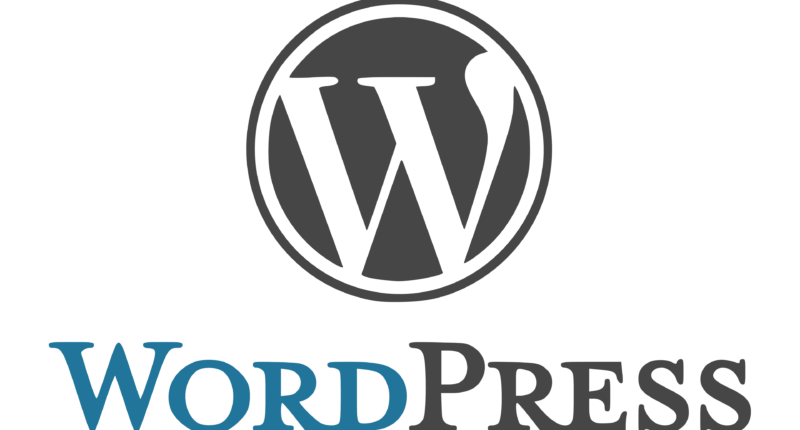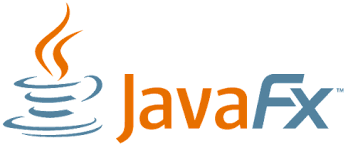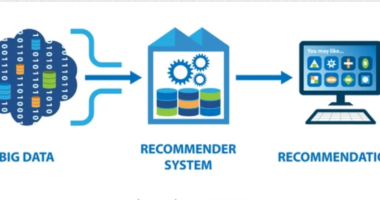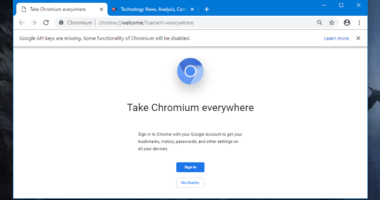In the digital age, managing and publishing content efficiently is crucial for businesses, bloggers, and organizations. This is where Content Management Systems (CMS) come into play. But how exactly do these systems work, and what are some popular CMS solutions in the real world? Let’s dive in.
What is a Content Management System (CMS)?
A Content Management System (CMS) is software that allows users to create, manage, and modify content on a website without requiring specialized technical knowledge. It provides an intuitive interface where users can design pages, upload media, and publish content without needing to code from scratch.
How Does a CMS Work?
A CMS consists of two main parts:
- Content Management Application (CMA): This is the front-end interface where users create and manage content. It includes text editors, drag-and-drop design tools, and media libraries.
- Content Delivery Application (CDA): This back-end system stores and delivers content to the website visitors. It retrieves the content from the database and presents it dynamically based on user requests.
Key Features of a CMS
- User-Friendly Interface: Simplifies content creation and editing with WYSIWYG (What You See Is What You Get) editors.
- Templates & Themes: Offers customizable layouts for branding and design consistency.
- Media Management: Allows users to store and organize images, videos, and documents.
- User Roles & Permissions: Enables collaboration by defining roles such as administrators, editors, and contributors.
- SEO & Marketing Tools: Helps optimize content for search engines and integrates with marketing tools.
- Plugins & Extensions: Expands functionality with additional features like e-commerce, social media, and analytics integrations.
Popular CMS Solutions in the Real World
1. WordPress
WordPress is the most widely used CMS, powering over 40% of the web. It’s known for its flexibility, extensive plugin ecosystem, and ease of use. Businesses, bloggers, and even large enterprises rely on WordPress for their online presence.
2. Drupal
Drupal is a powerful, open-source CMS favored by developers for its security, scalability, and customization options. It’s used by government websites, universities, and large organizations that require complex data structures.
3. Joomla
Joomla sits between WordPress and Drupal in terms of complexity. It provides more flexibility than WordPress while being more user-friendly than Drupal. It’s ideal for e-commerce, social networking sites, and business websites.
4. Shopify
For e-commerce businesses, Shopify is a leading CMS solution. It’s a hosted platform that provides an all-in-one solution for setting up and managing online stores without requiring technical expertise.
5. Wix
Wix is a beginner-friendly CMS that features an intuitive drag-and-drop editor. It’s perfect for small businesses and personal websites that need a quick and easy setup.
6. Magento (Adobe Commerce)
Magento is a CMS designed specifically for large e-commerce businesses. It offers advanced features, scalability, and customization options to create powerful online stores.
Choosing the Right CMS
The best CMS for you depends on your needs:
- For blogging & content-heavy sites: WordPress
- For enterprise-level security & customization: Drupal
- For e-commerce: Shopify or Magento
- For ease of use & small business websites: Wix or Joomla
Conclusion
Content Management Systems have revolutionized web publishing by making it accessible to non-developers. Whether you’re a blogger, business owner, or an enterprise, choosing the right CMS can help streamline content creation, improve website management, and enhance user engagement. Understanding how a CMS works allows you to leverage its power effectively for your digital success.











